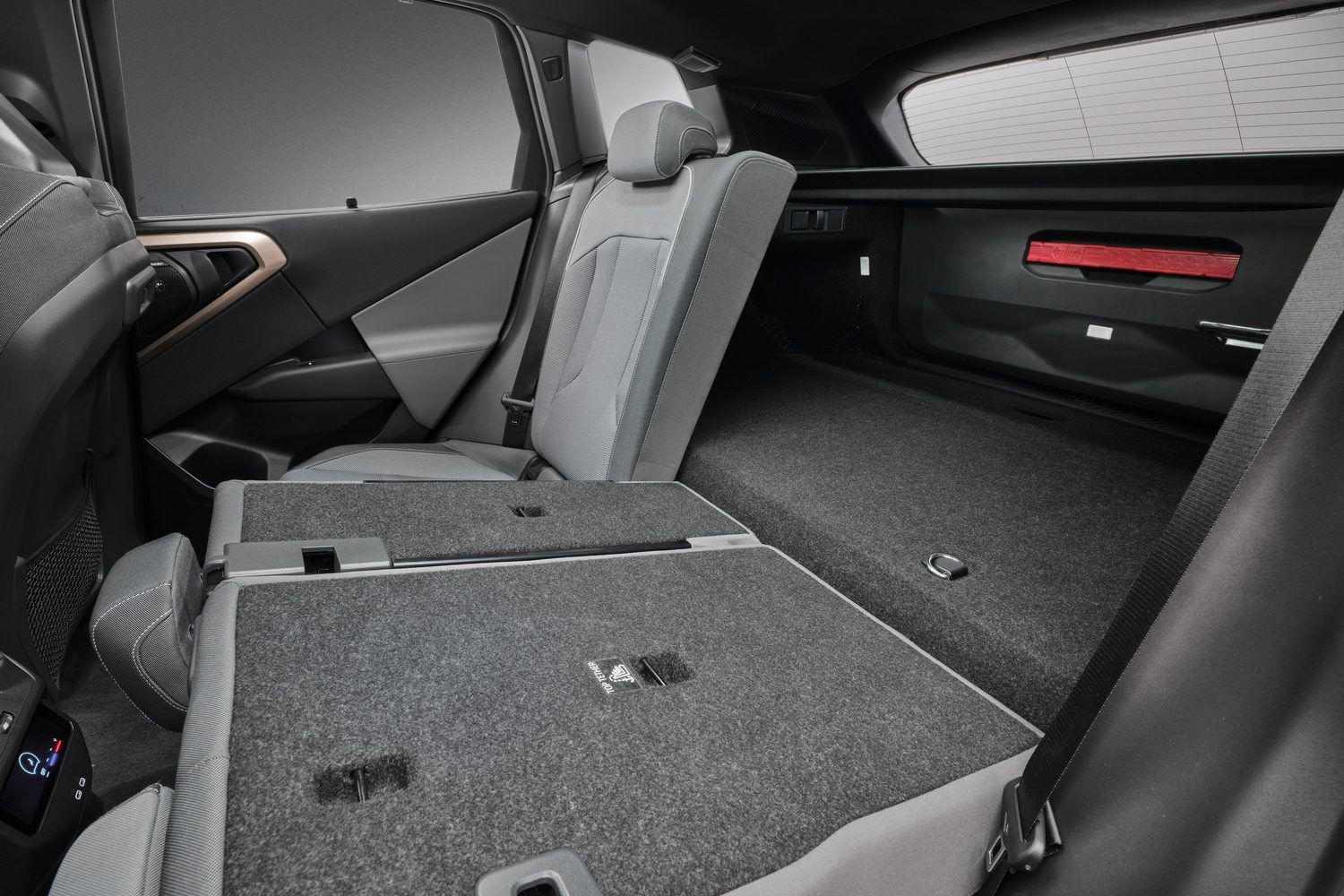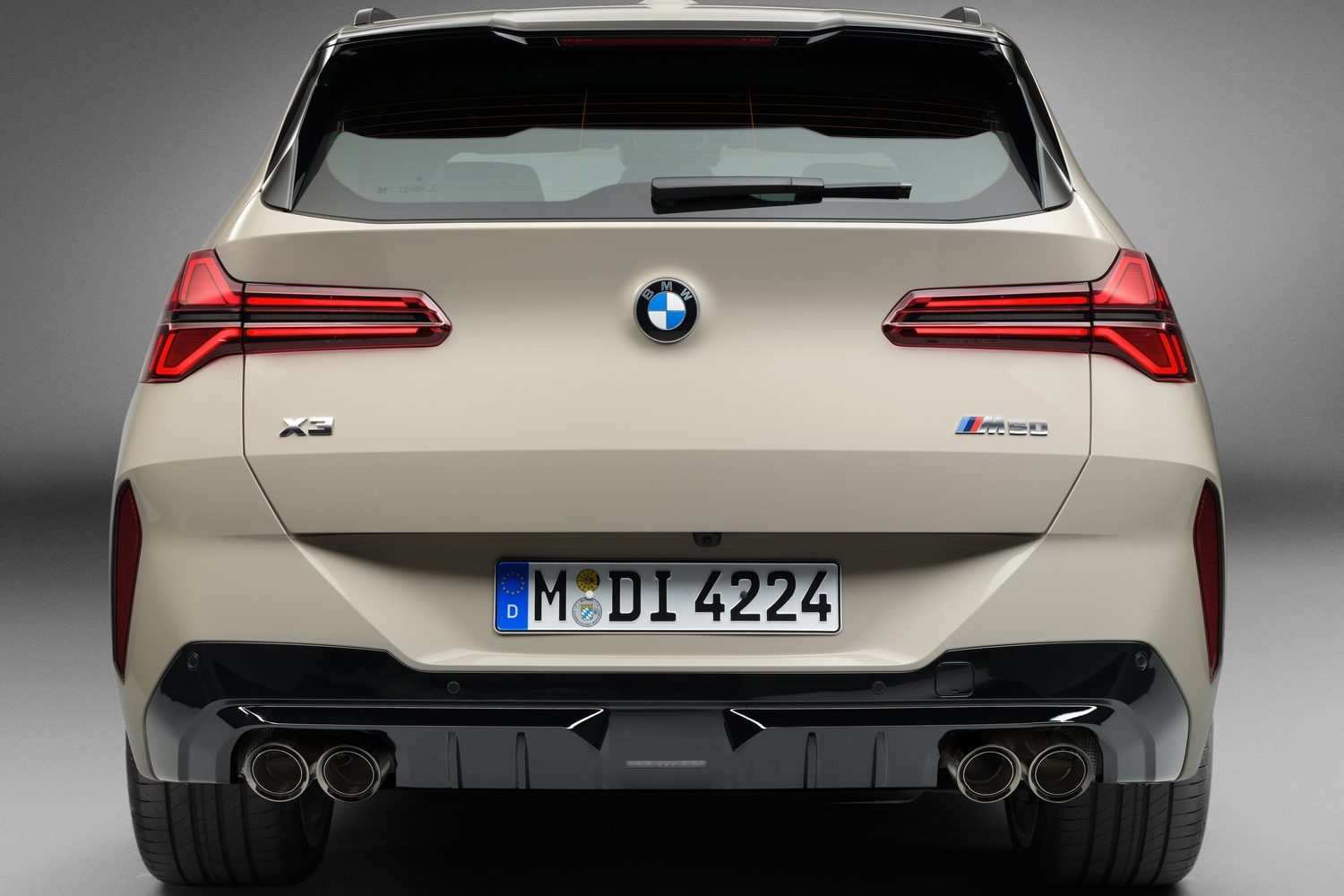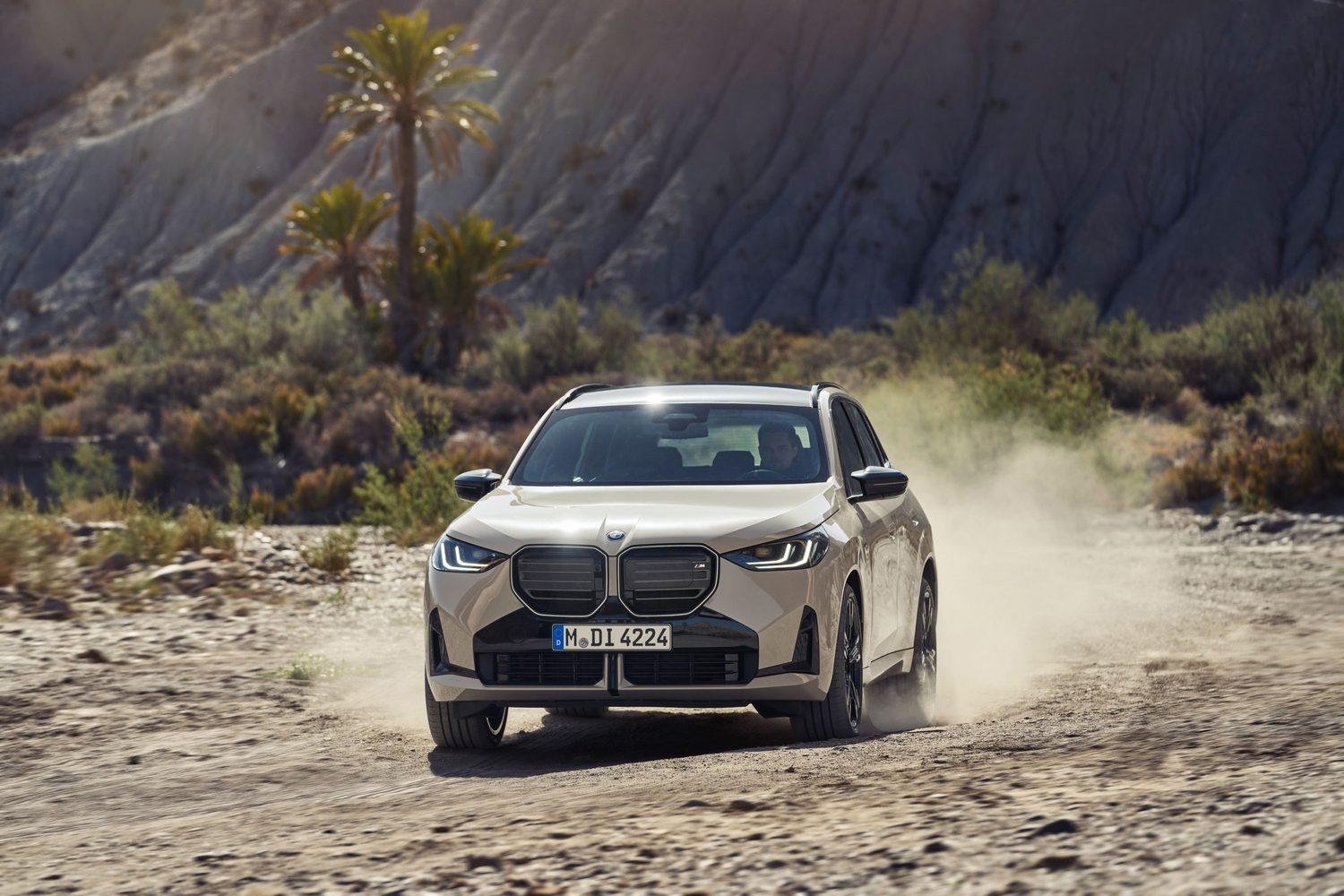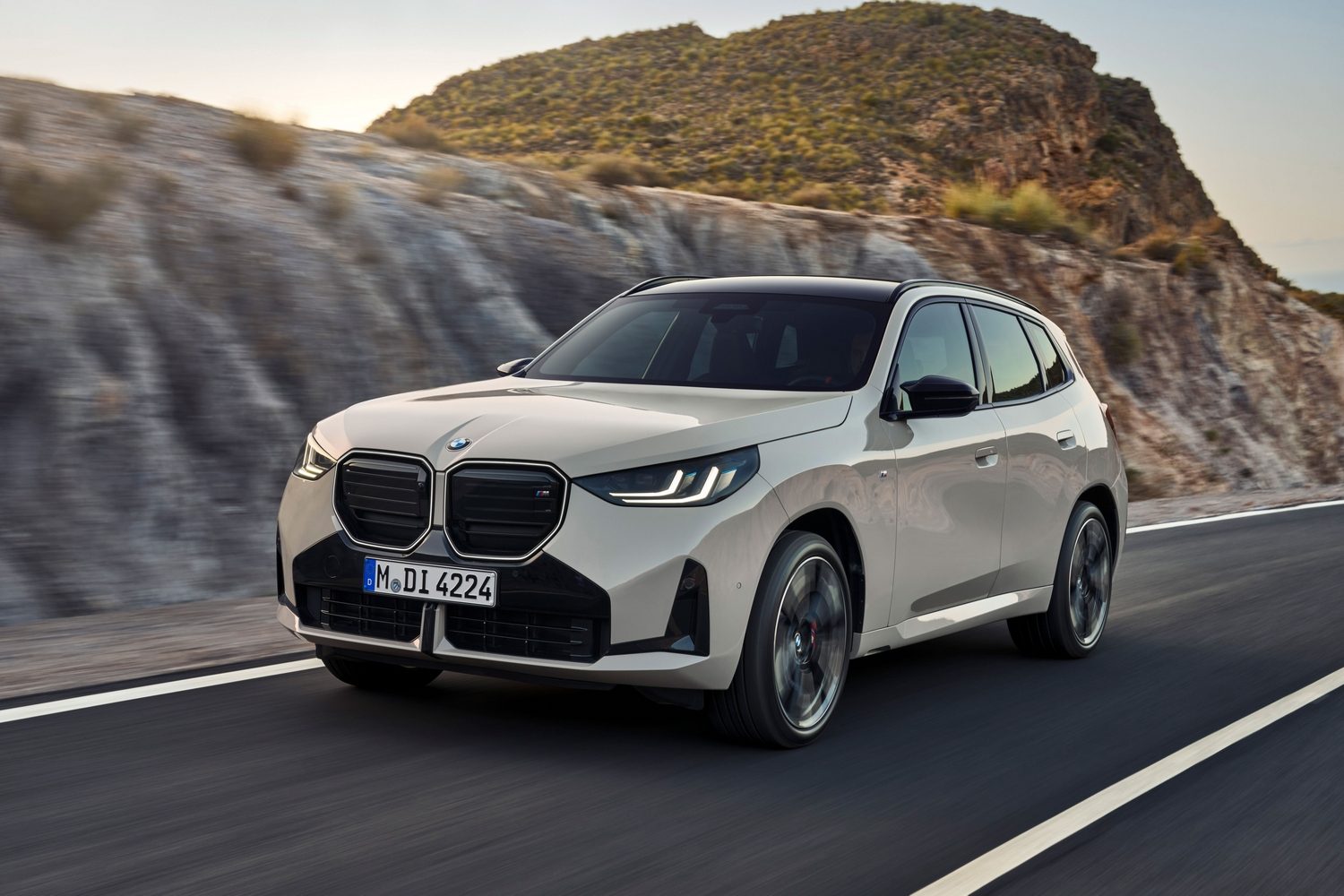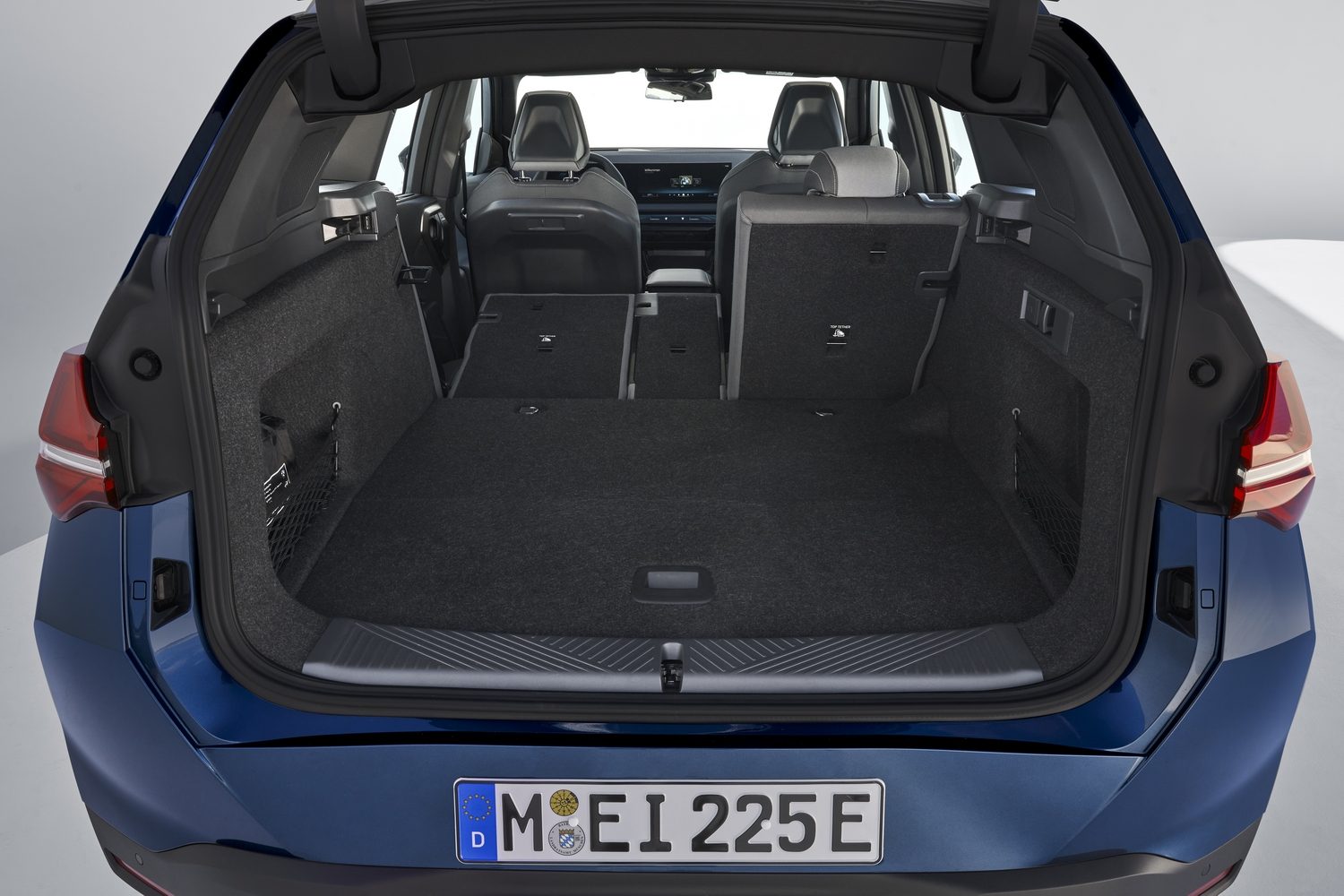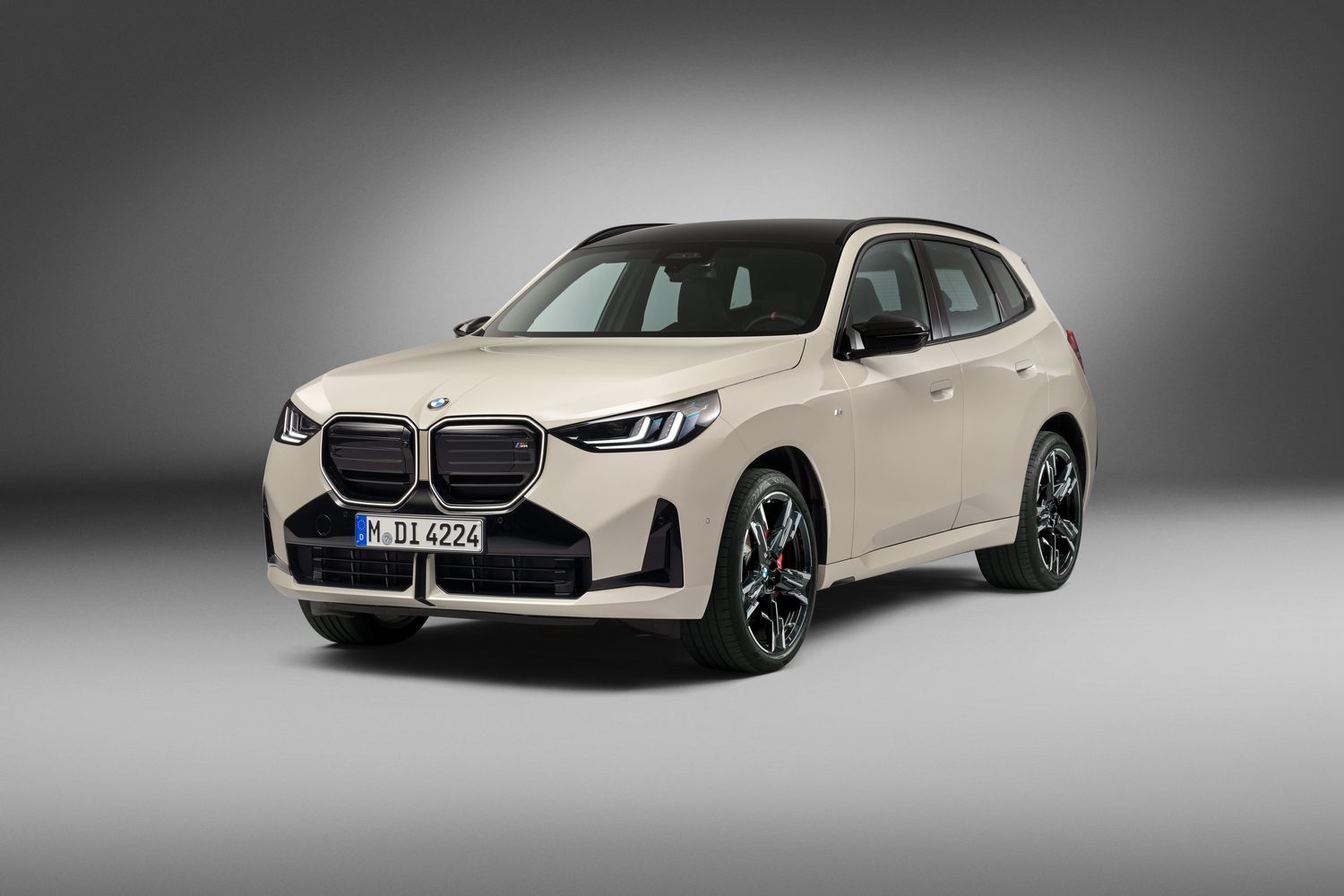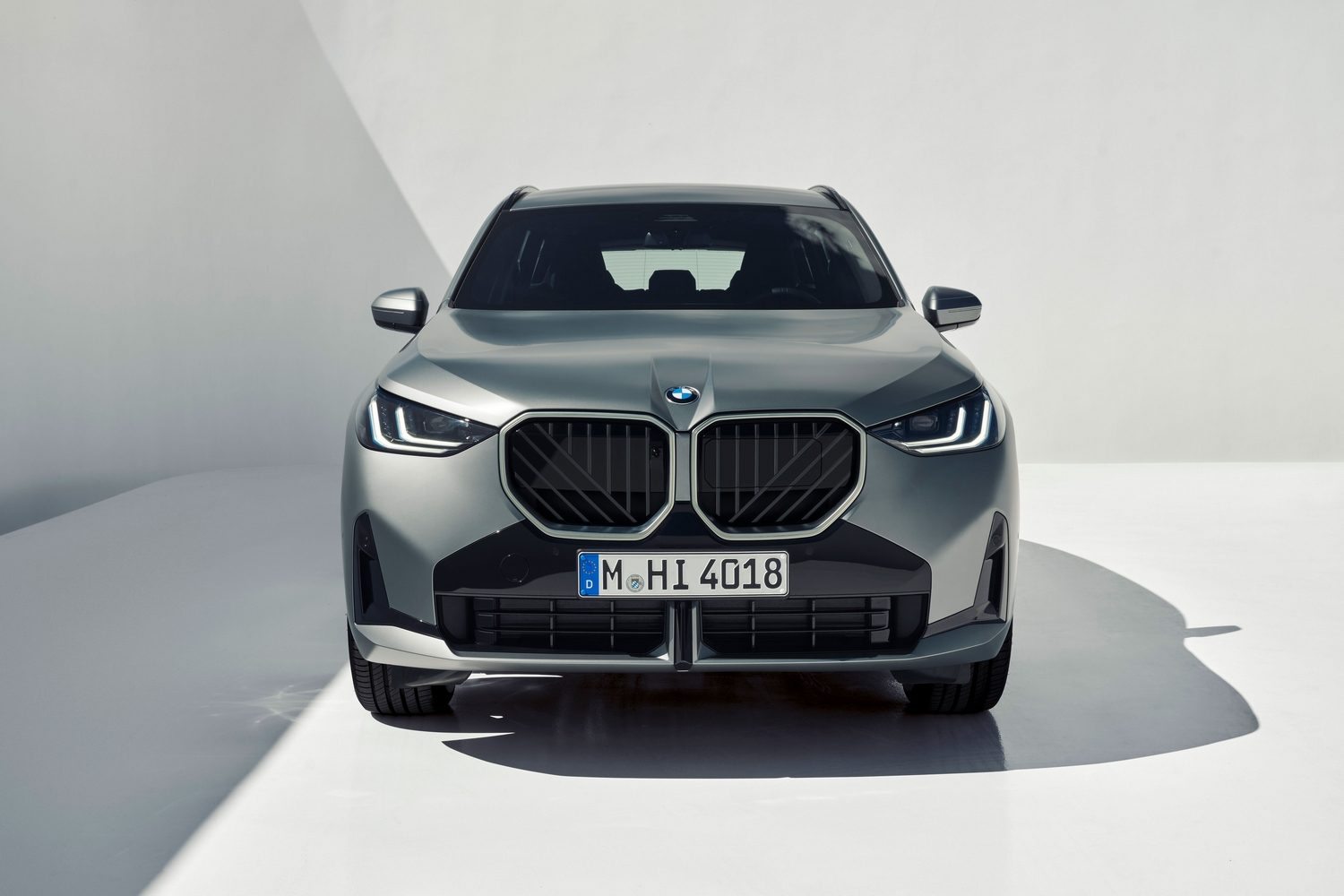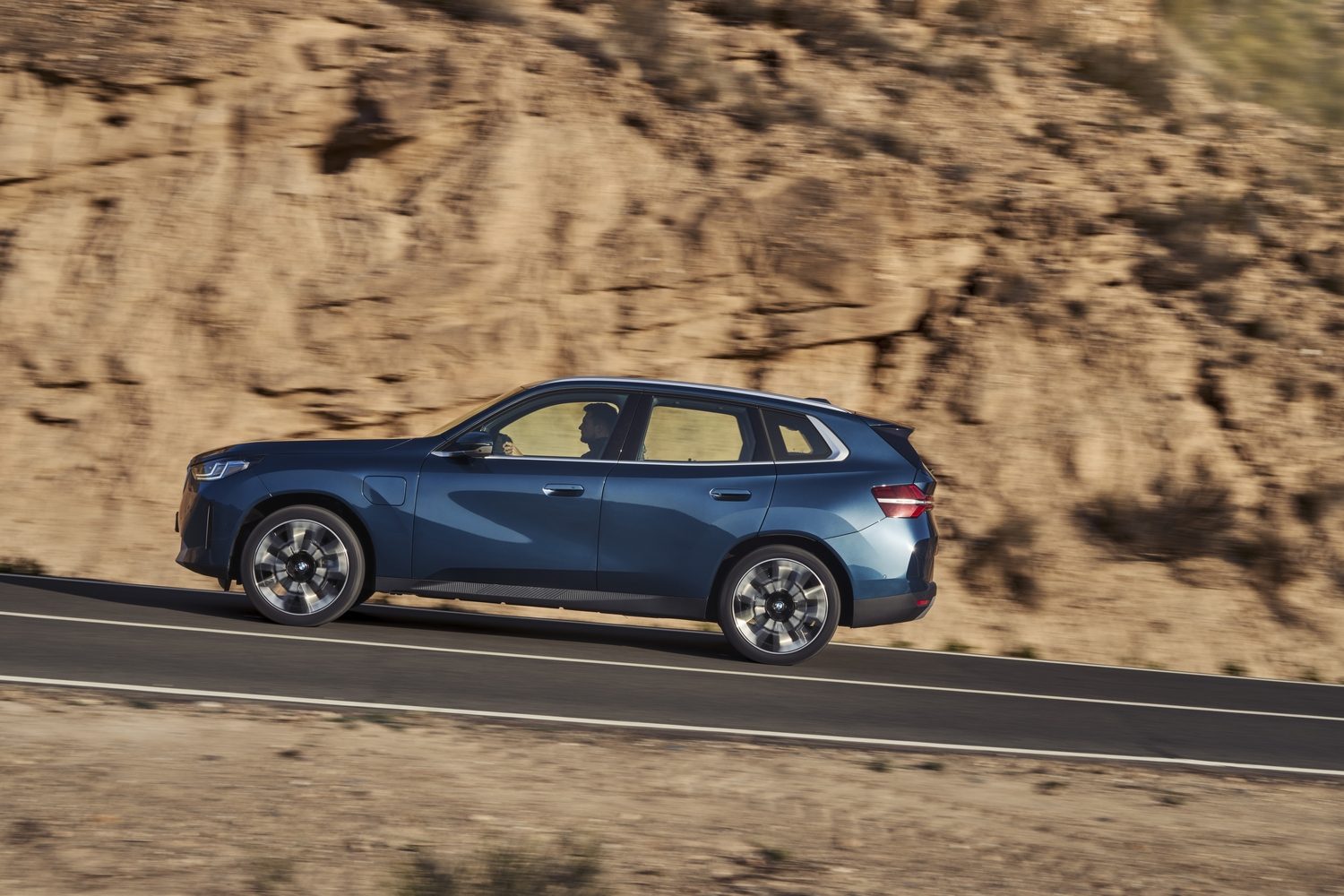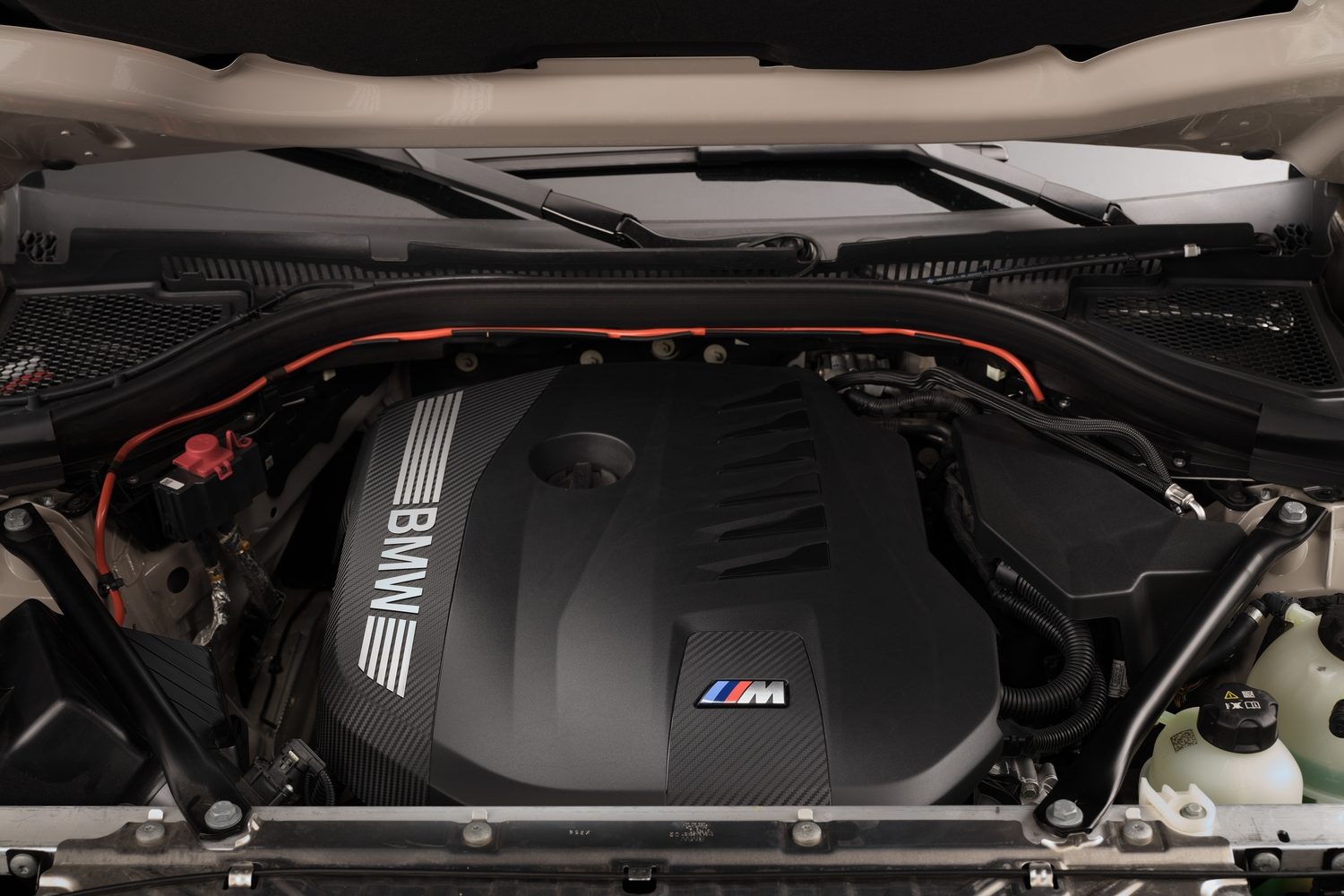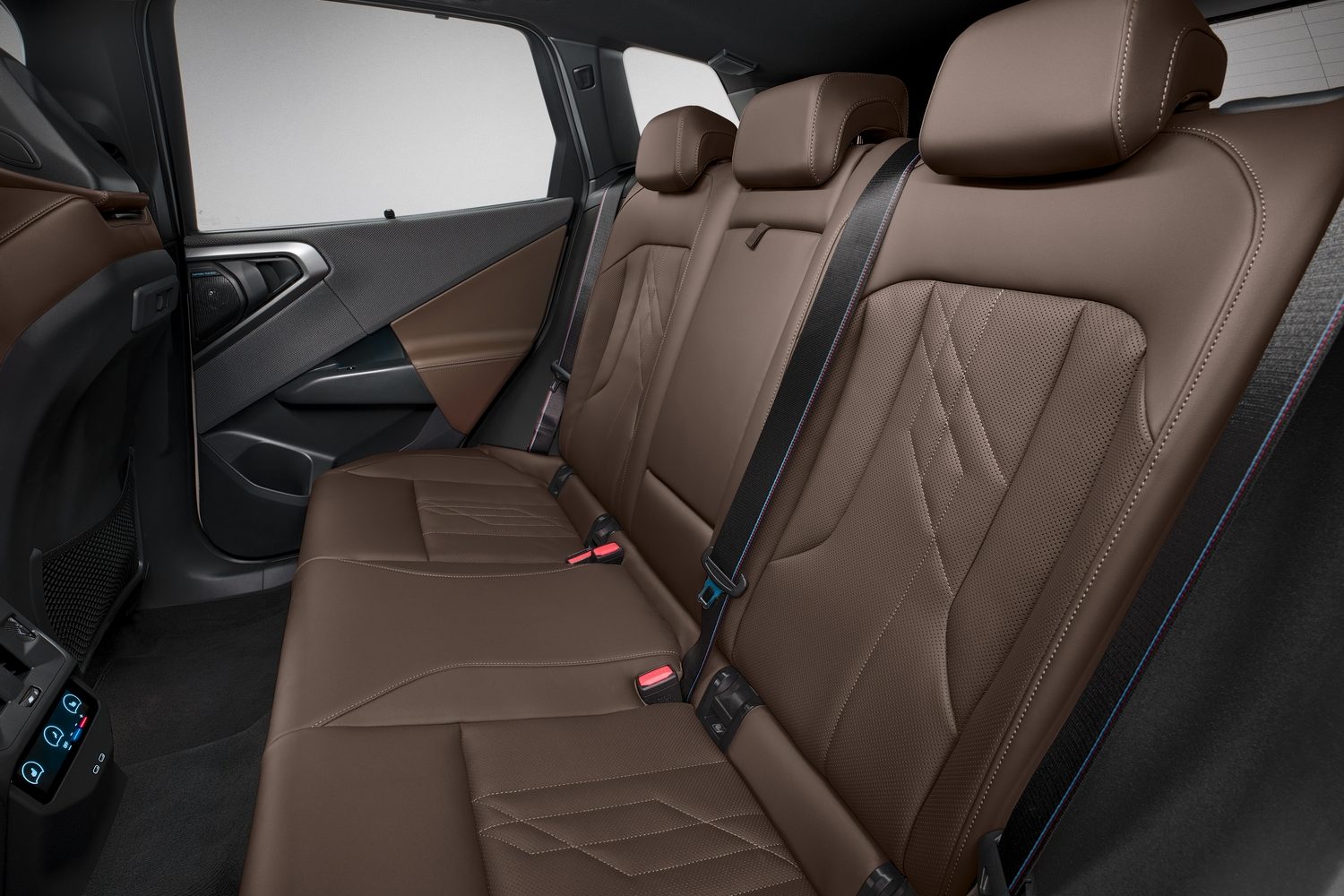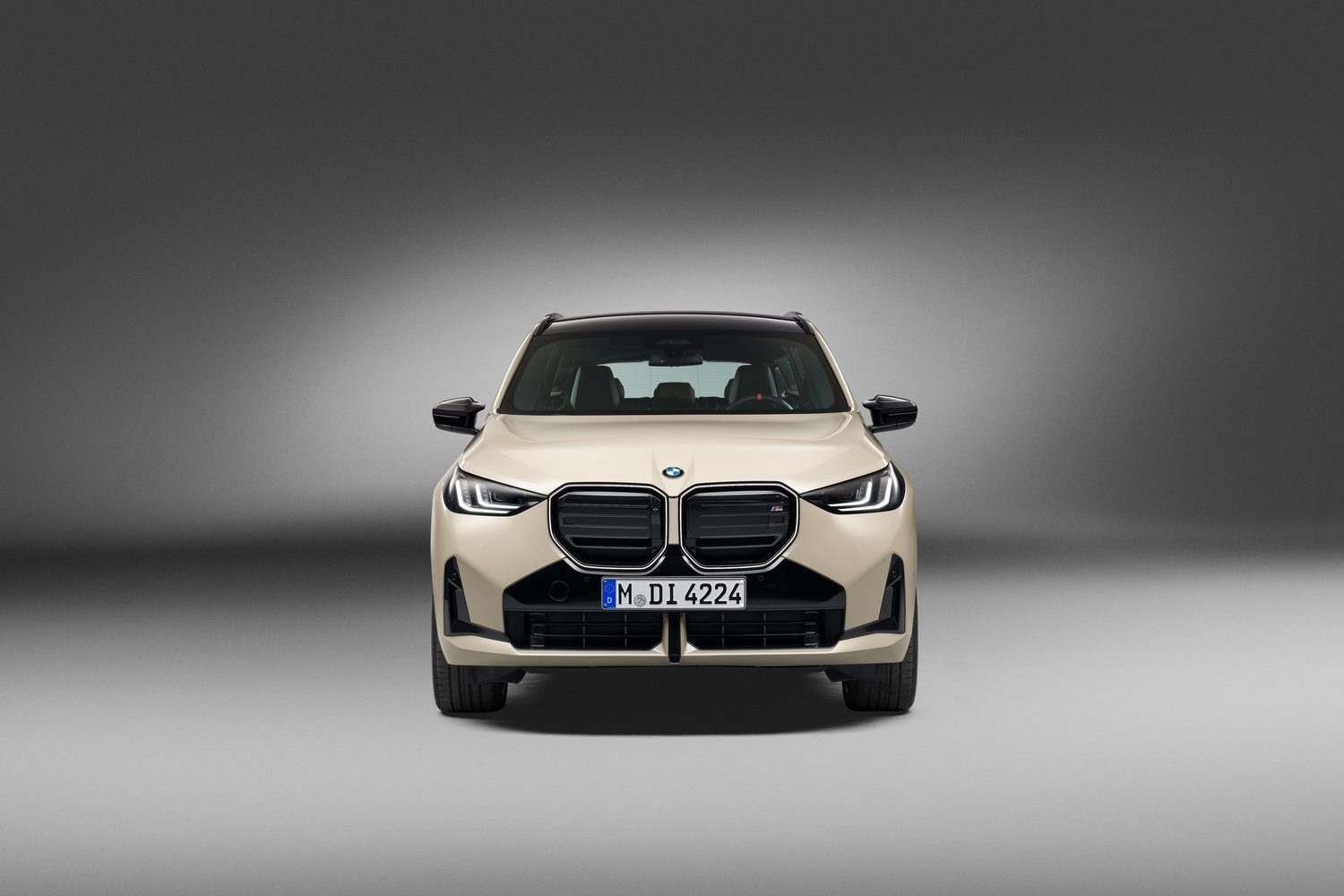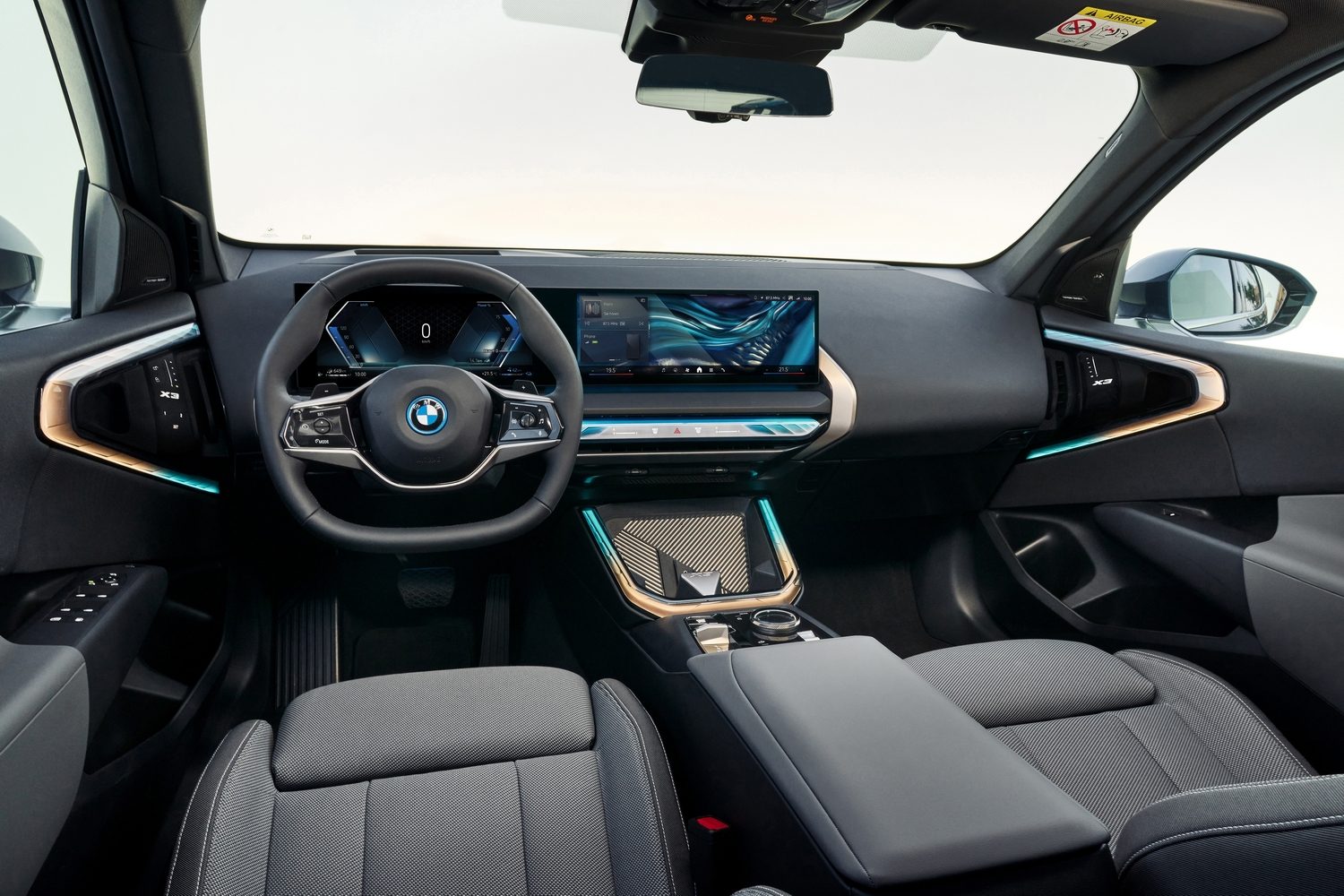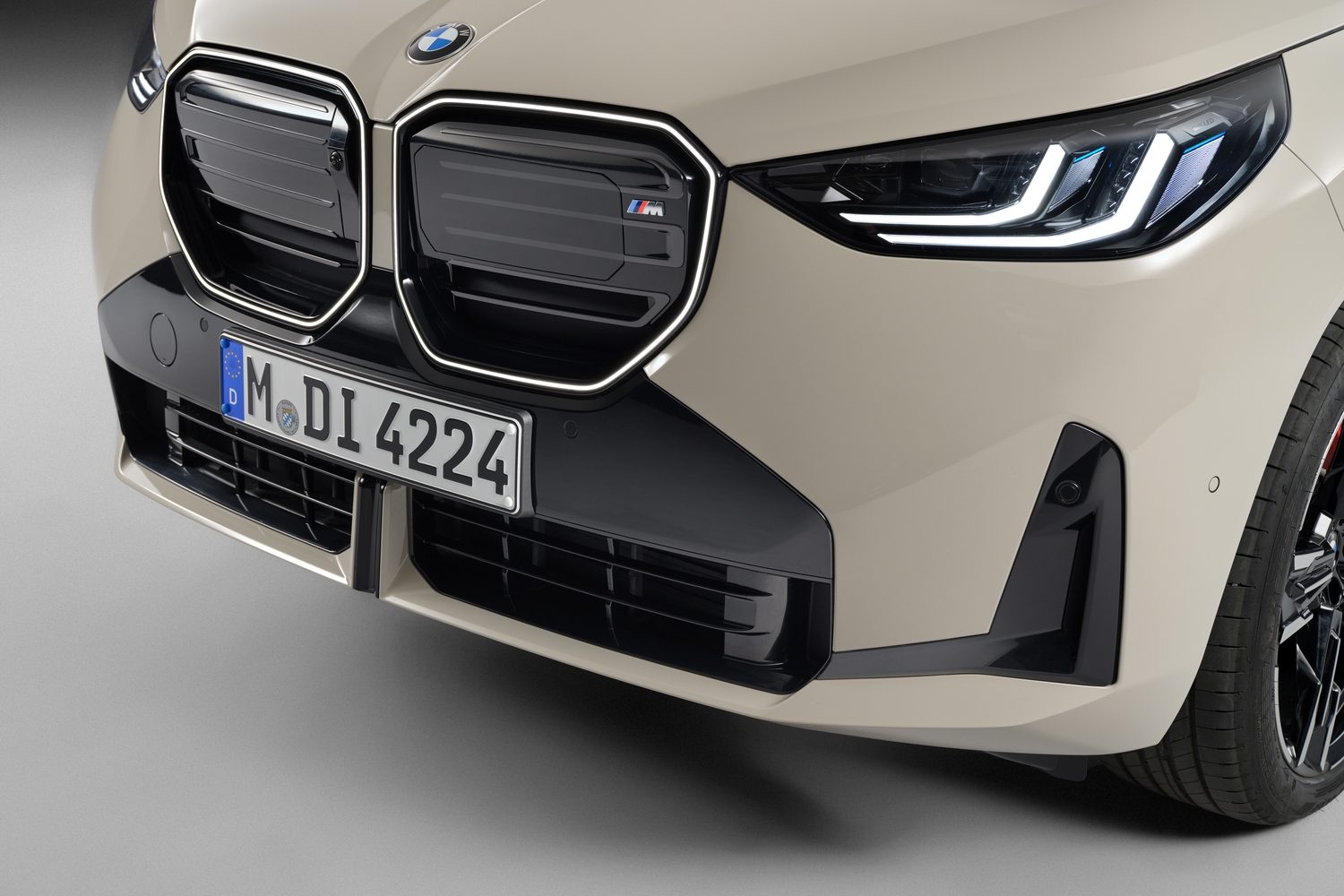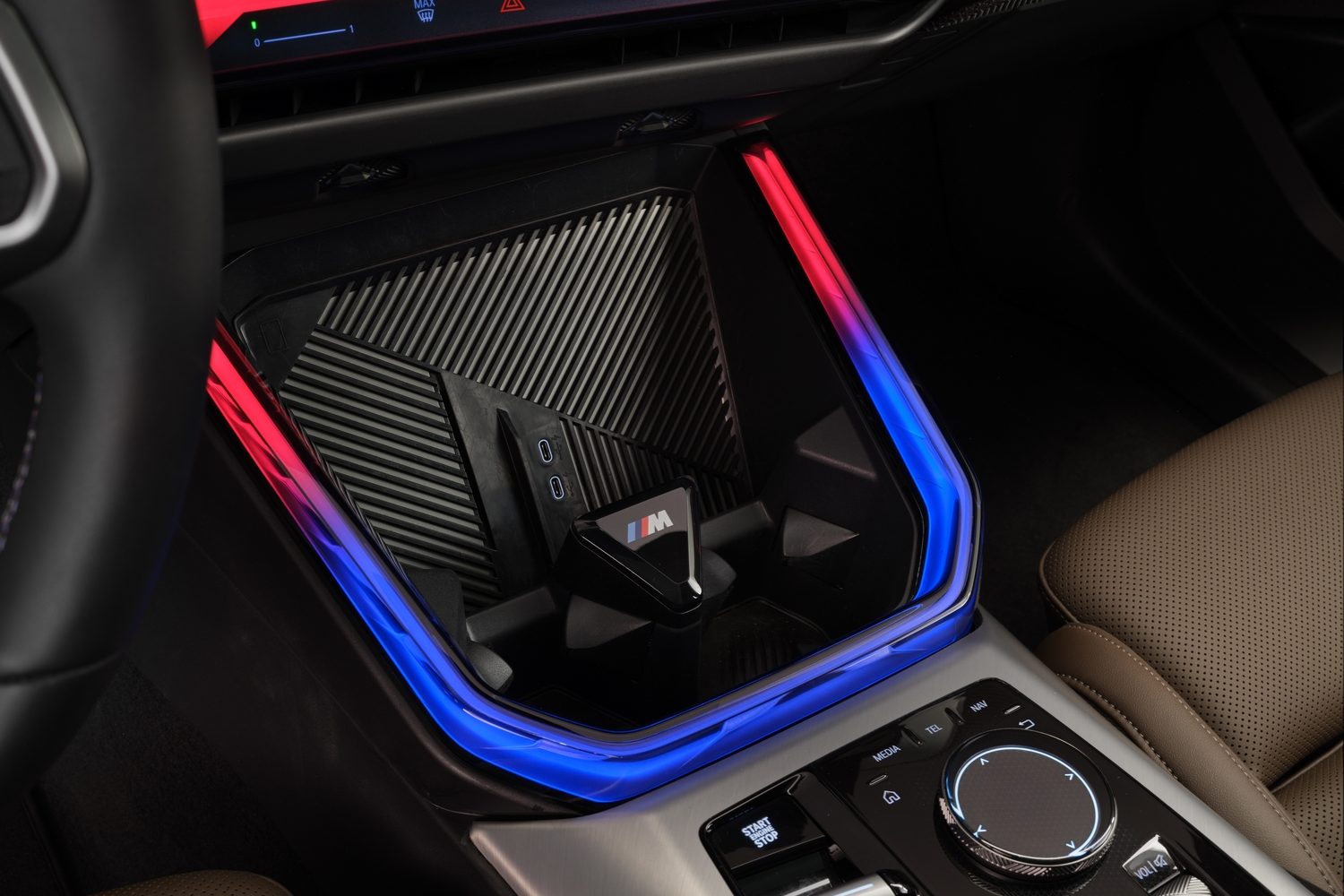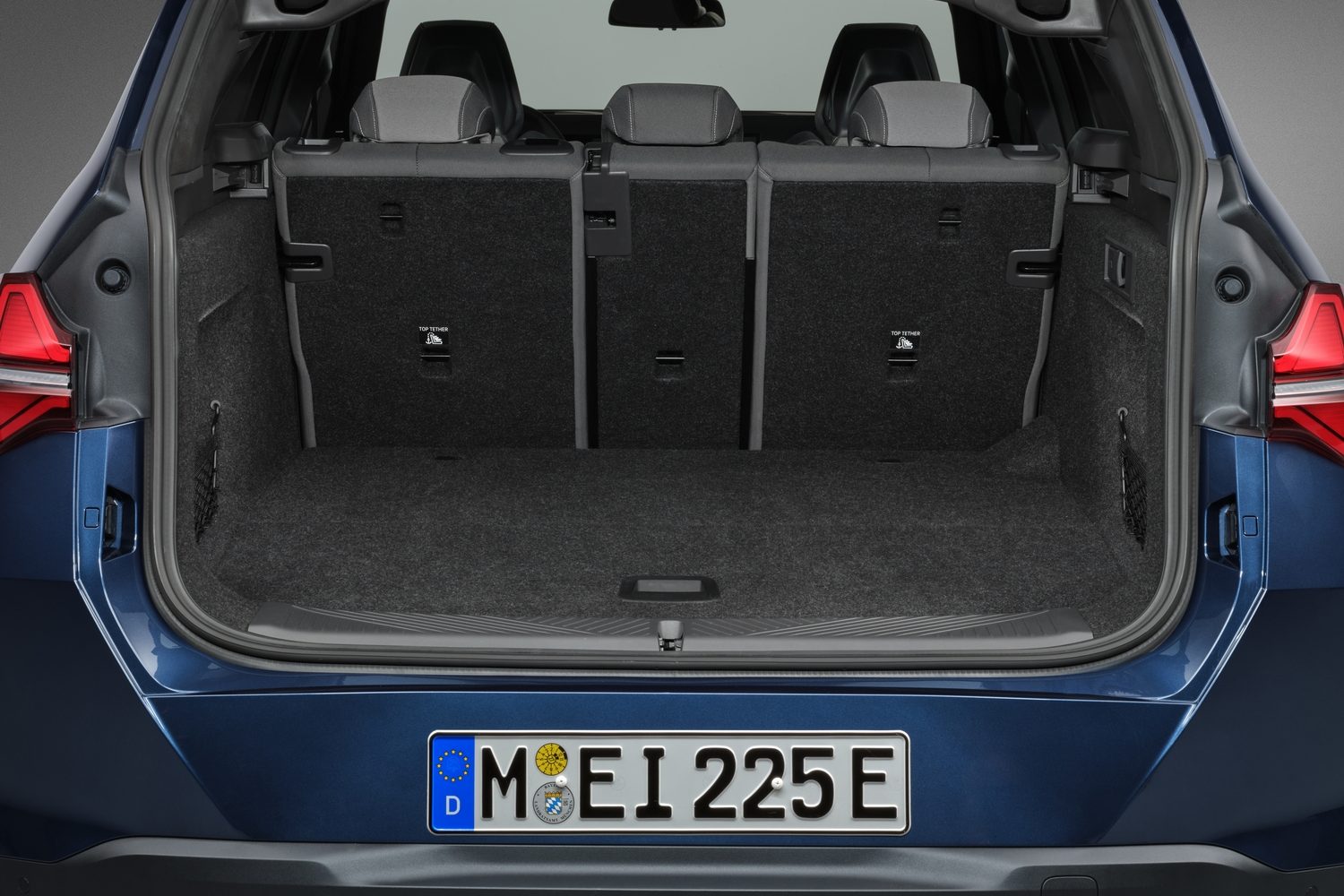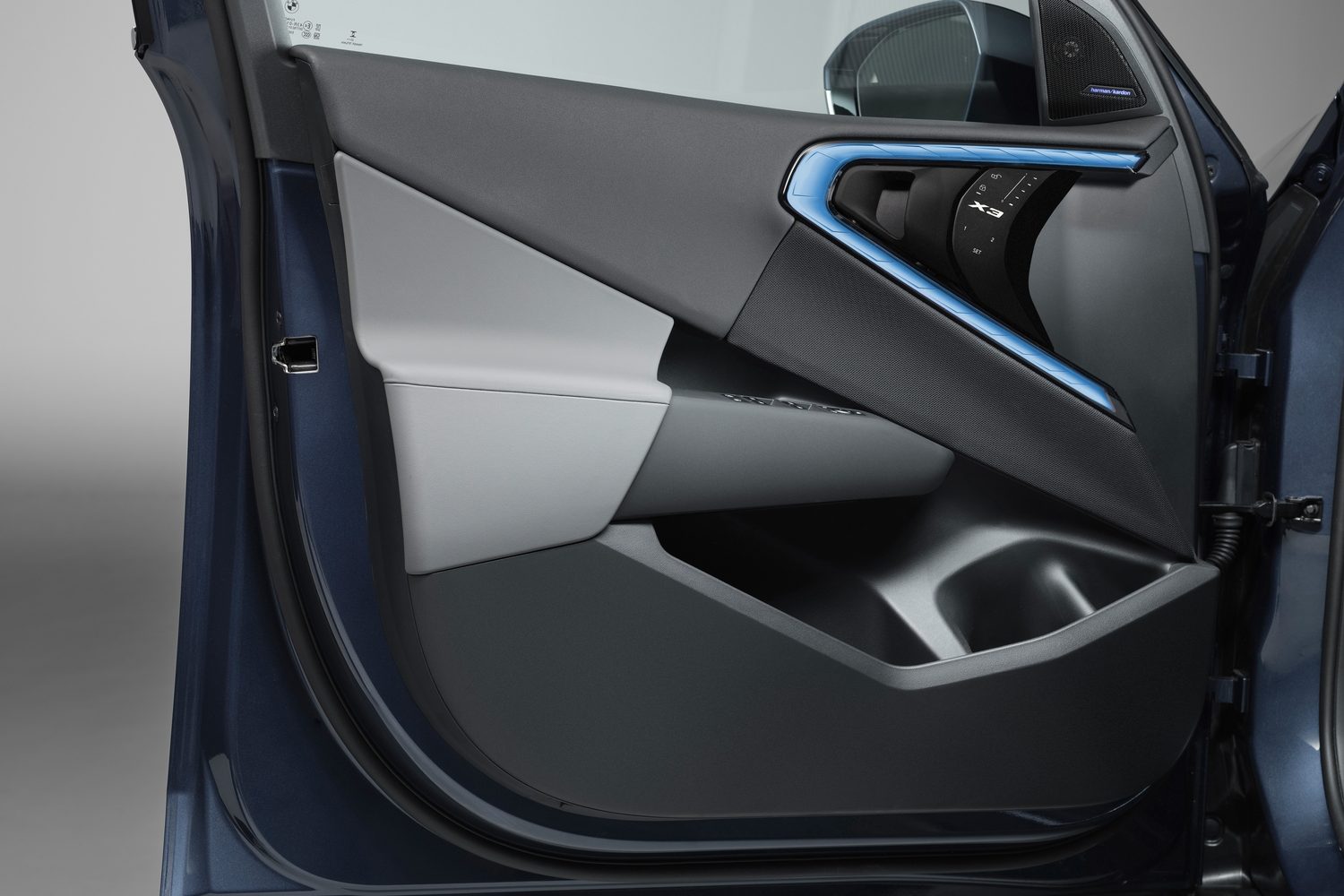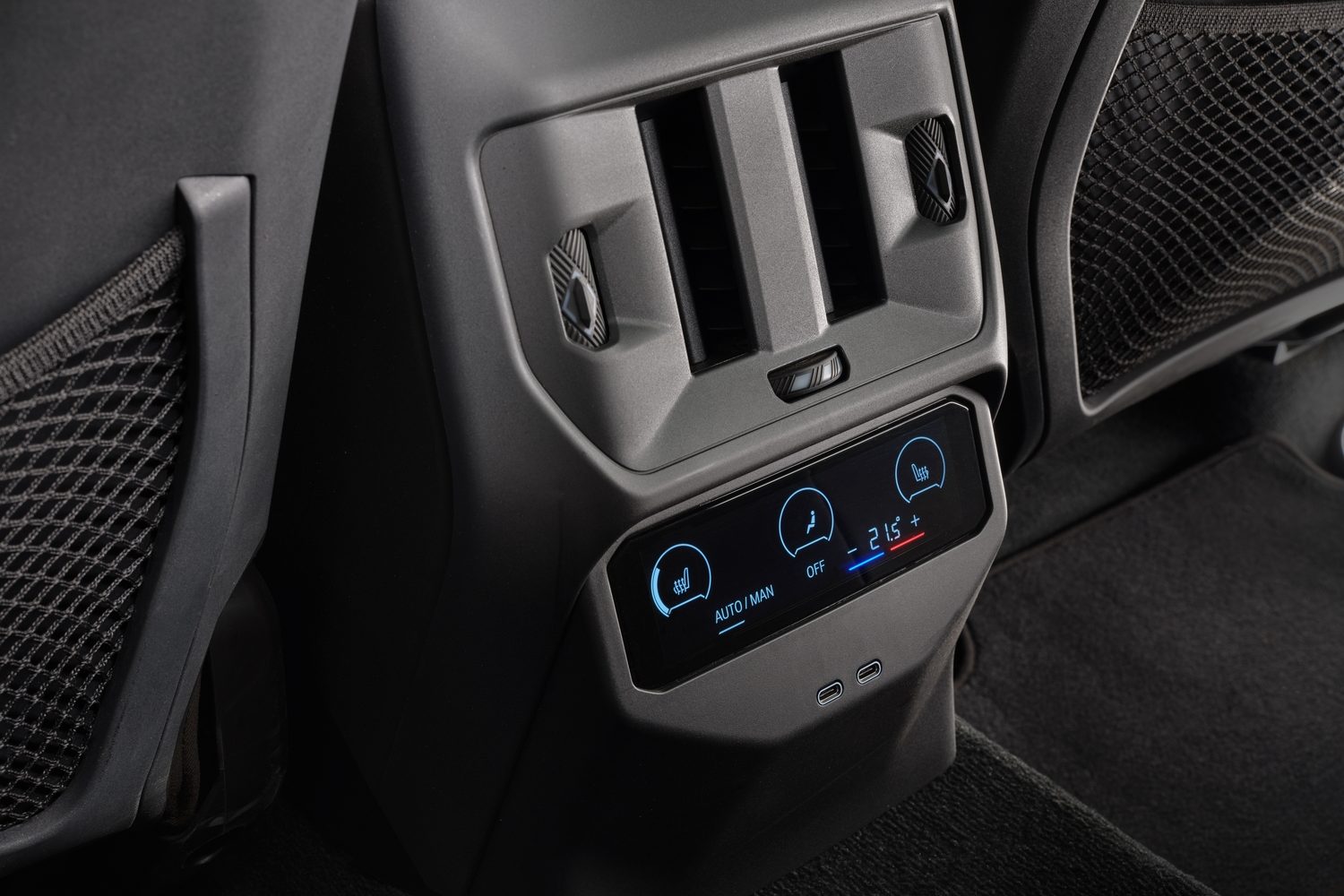BMW has taken the wraps off the fourth-generation X3 SUV, its best-selling nameplate. Daring new looks on the outside hide a completely redesigned interior reflecting a stronger focus on sustainability than before to reduce the car’s carbon footprint. That’s backed up by an improvement in efficiency across the board leading to lower carbon emissions and lower pricing on the Irish market. Unlike other recently updated BMWs, a diesel-engined X3 will still be offered, though a redeveloped plug-in hybrid model represents the entry point to the range in Ireland thanks to its ultra-low CO2 rating.
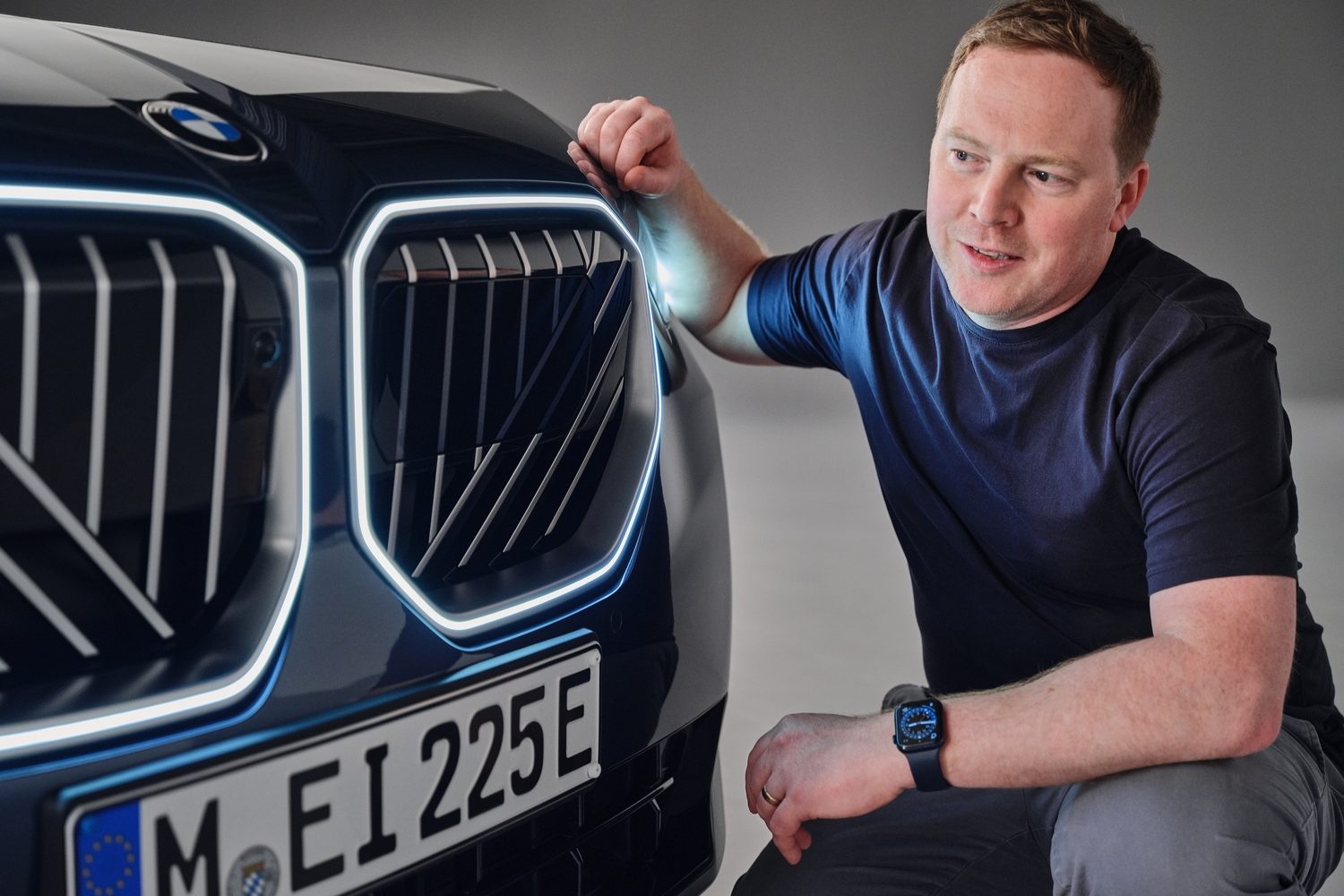
Talk us through the new look
BMW’s designers have attempted to reduce ornamentation on the body of the X3, in the bid for a cleaner appearance. This helps with recycling of the car at the end of its life, and enhances the aerodynamics - to the benefit of efficiency and refinement. Despite this minimising approach, the X3 is more distinctive than ever from all angles.
Up front, the large new two-piece kidney grille features a similar treatment to the recently-unveiled new BMW 1 Series in the use of horizontal and diagonal lines within - and the finish of these varies by trim level. Buyers can opt for the ‘Iconic Glow’ feature to outline each section of the grille with bright LED light if they wish while sharp new headlights extend from the outer edges of the grille deep into the sides of the X3. There are several different variations on the internal design of the headlights, but they all use a new L-shaped take on BMW’s characteristic twin-lamp style. An upright lower bumper section contrasts with the castellated bonnet emphasising the BMW badge in the middle.
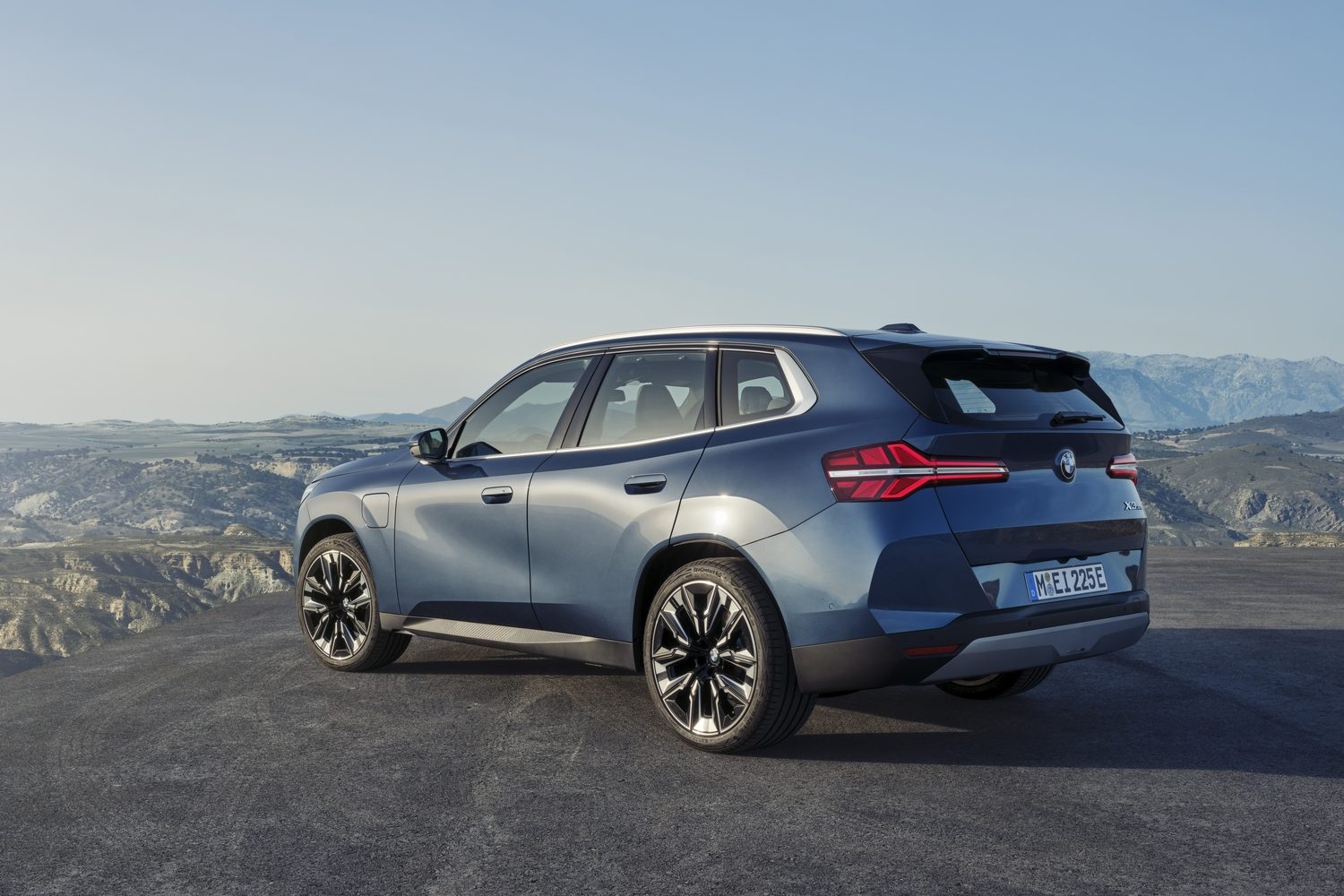
Flush-fitting door handles help give the side profile a clean look, though the X3 does get subtly bulging wings and a rising waistline drawing the eye to the usual ‘Hofmeister kink’ shape of the side glass. The surround of the glass is split in two and while it’s all-black on some versions, the lower section has a silver finish on others, matching the style of the door mirrors. Look closely at the pictures and you’ll find the motif of the front grille repeated in the side sills.
Around the back, the new X3 looks distinctly sportier than before thanks to its curving roofline, smooth roof spoiler, wide and expressive new LED lights and the movement of the number plate to the bumper. Only the sportiest versions get visible exhaust outlets.
Although the new X3 sits on the same wheelbase (the distance between the front and rear axles) as before, it’s 34mm longer, 29mm wider and 25mm lower than its predecessor, while the front and rear tracks (the distance between the wheels on a given axle) have increased by 16mm and 43mm, respectively. Visually, the result is a more sporting stance.
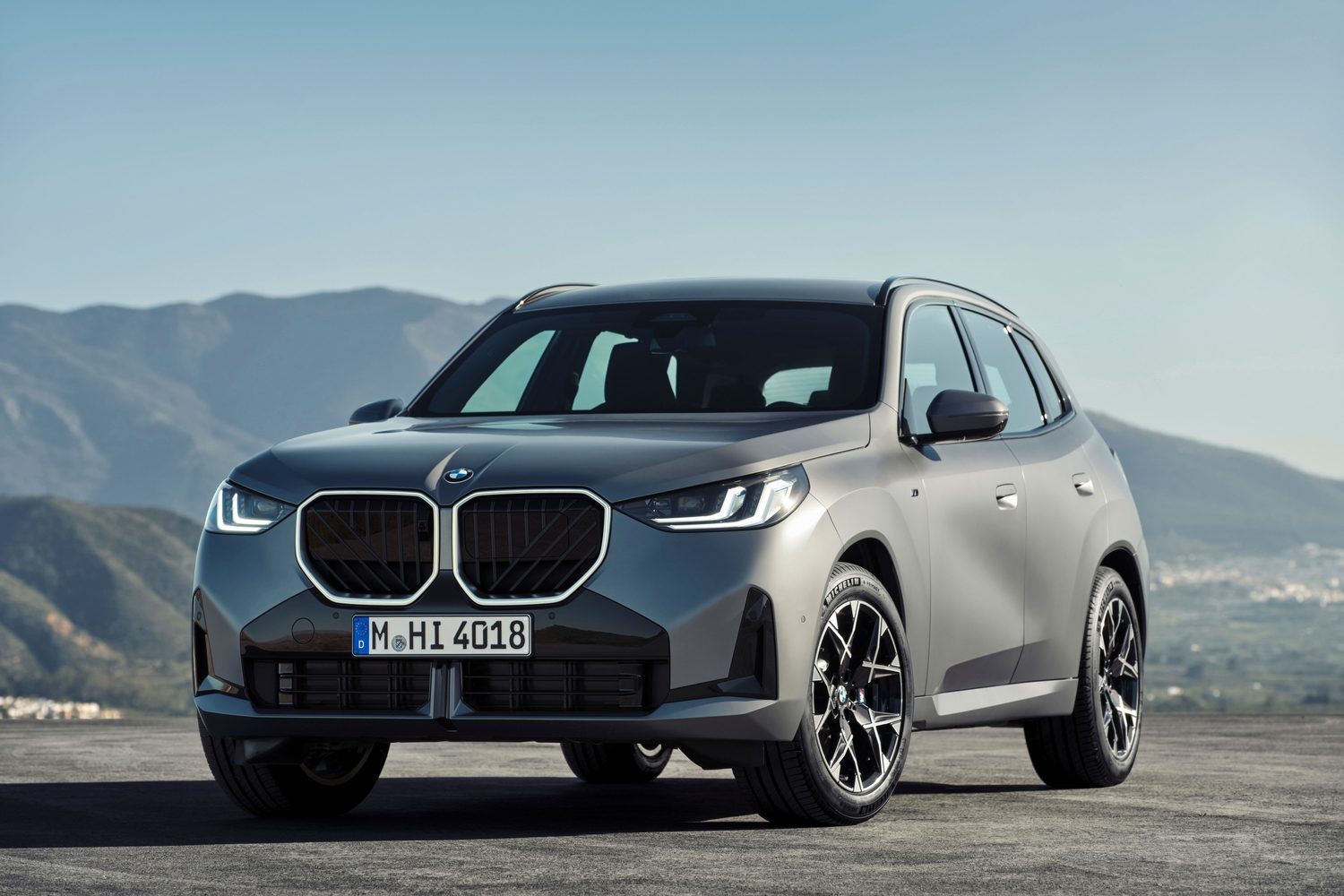
What does that mean for the cabin?
There’s very little difference between the new X3 and the old in terms of passenger space as the wheelbase is unchanged. BMW has lowered the internal floor to ensure that the reduced height of the car doesn’t impinge on headroom, while the boot capacity has increased a little across the board. The non-PHEV variants accommodate up to 570 litres with the rear seats in use, rising to 1,700 litres with them folded. The plug-in version’s boot is smaller as before - at 460 litres - but the ungainly step in the cargo area is gone, replaced by a gentle slope. That hybrid can tow up to 2,000kg, incidentally, whereas the maximum for most other engine variants is 2,500kg.
In terms of design, while the X3 adopts the now-familiar wide-double-screen layout of all BMW dashboards, it gets plenty of its own touches, and the grille motif is found throughout, most obviously in the prominent wireless phone charger area at the front of the centre console. Surrounding that is a U-shaped section of LED lighting that forms part of the ambient light system and extends the ‘Interaction’ bar concept previously seen in the BMW 7 Series and 5 Series. Other parts of this are found beneath the central touchscreen and in the door cards.
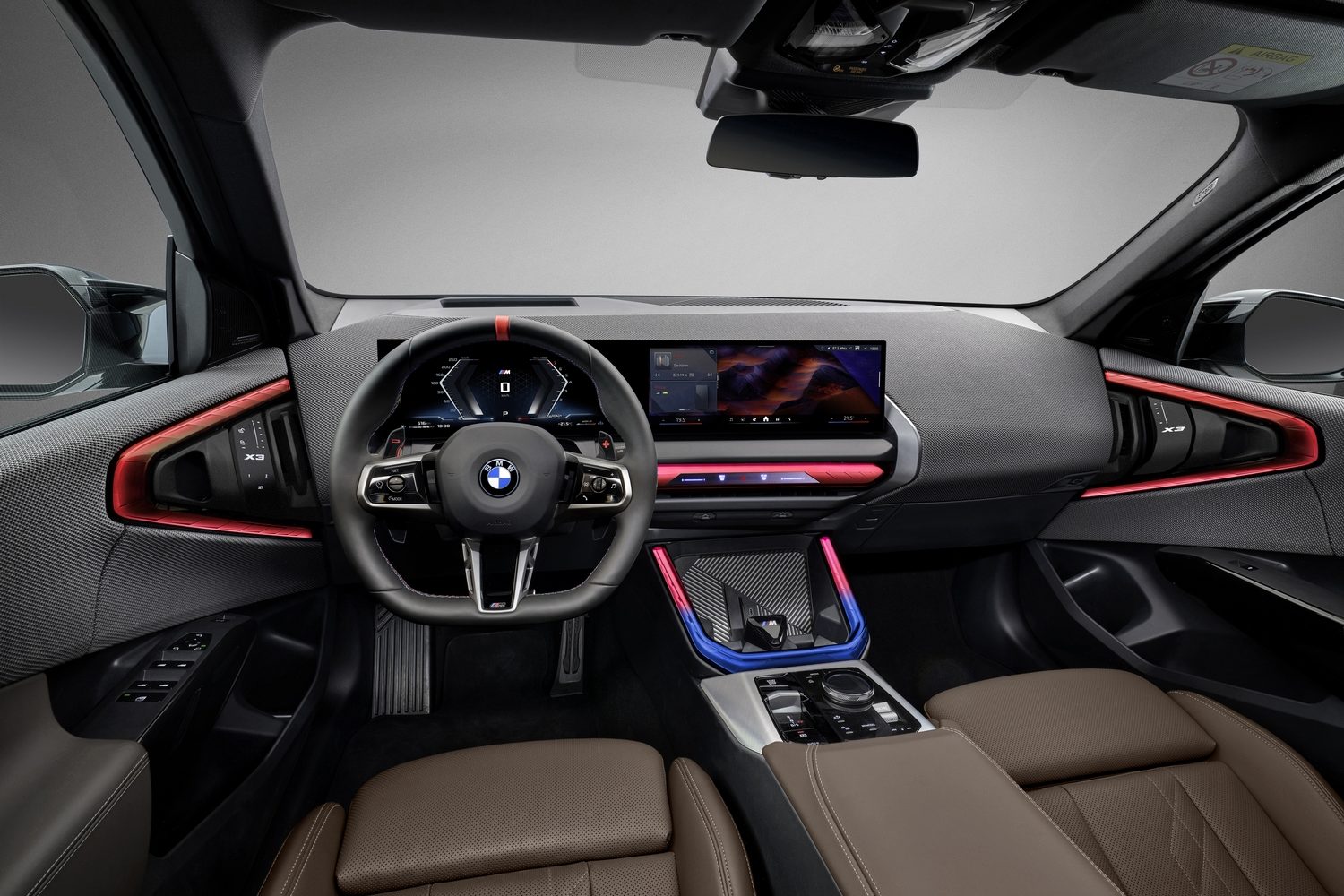
Within these vee-shaped sections are the door handles and air vents, with touch-sensitive sliders for the latter, along with door-lock controls and others for the memory settings for the front-seat positions. Taken as a whole, it looks quite dramatic, especially in the M Sport colours, though owners can change the appearance to suit their preferences.
Regular models feature an unusually-shaped, two-spoke steering wheel with a thick rim, similar to that first seen in the BMW iX, while there’s a sportier flat-bottomed design for M Sport cars with a range of finishes. On the subject of which, and in a bid to make the X3 more sustainable than ever, there is no leather in the car as standard. Though Irish specifications have yet to be confirmed, we know the entry-level upholstery - called Econeer - will be made from ‘recyclable secondary material’ and the X3 will be the first BMW that can be fitted with a dashboard made from recycled polyester.
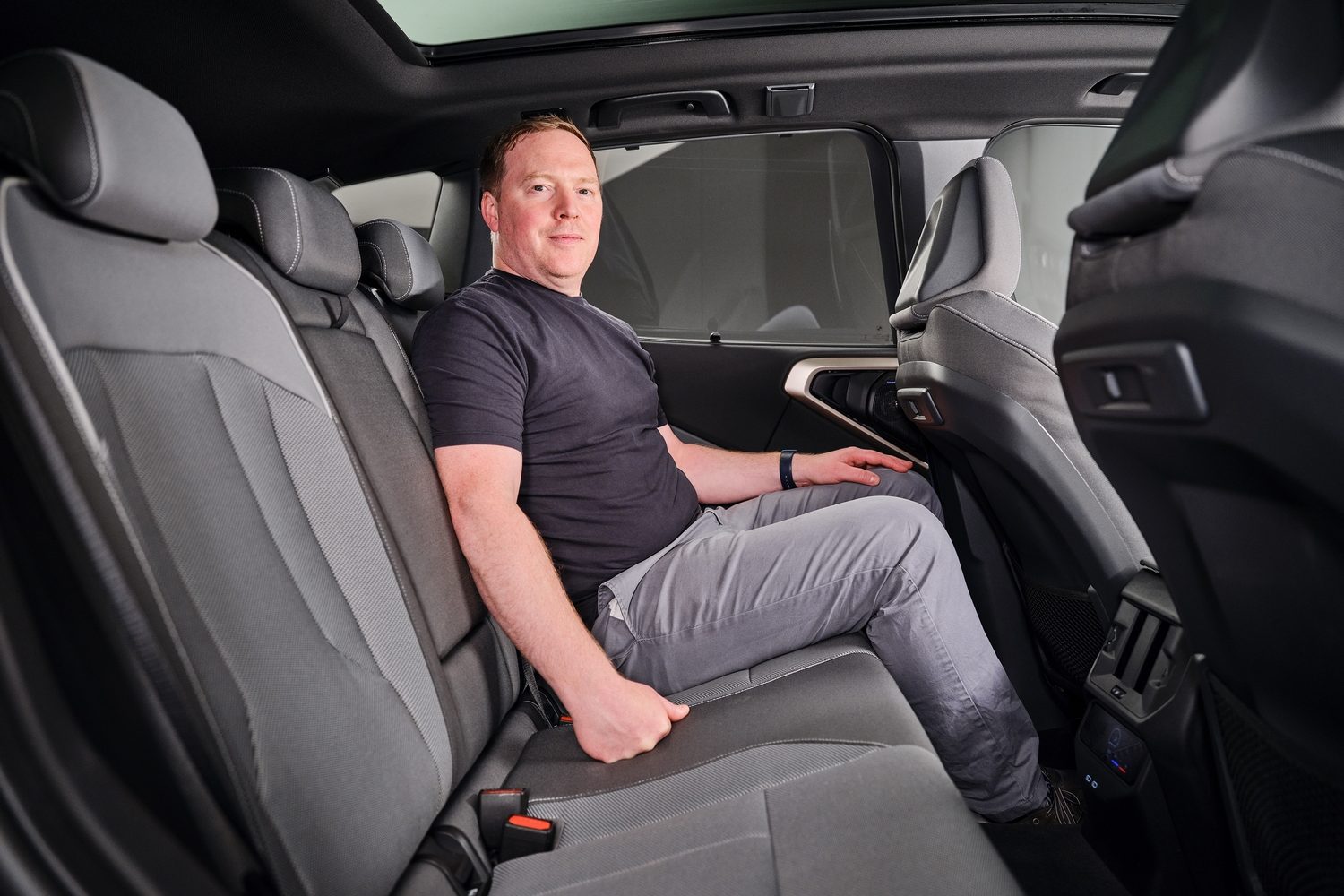
Those that prefer the feel of leather are likely to go for the synthetic ‘Veganza’, a perforated material with contrast stitching and decorative quilting. A mix of that and Alcantara (synthetic suede) is also available - and likely standard on M Sport cars, while full Merino leather is offered as a BMW Individual option.
So is there a new BMW X3 M?
Not as yet, no. The beige car in our gallery (BMW calls that colour ‘Dune Grey’) is the X3 M50, replacing the M40i variant of old. Bespoke styling includes lots of black detailing, unique door mirrors and quad exhaust outlets. Under the bonnet is a turbocharged straight-six petrol engine, a 3.0-litre of course, and it’s augmented - like all engines in the X3 - by a 48-volt mild-hybrid system. Peak power is quoted as 398hp, backed up by 580Nm of torque, enabling a 0-100km/h time of just 4.6 seconds.
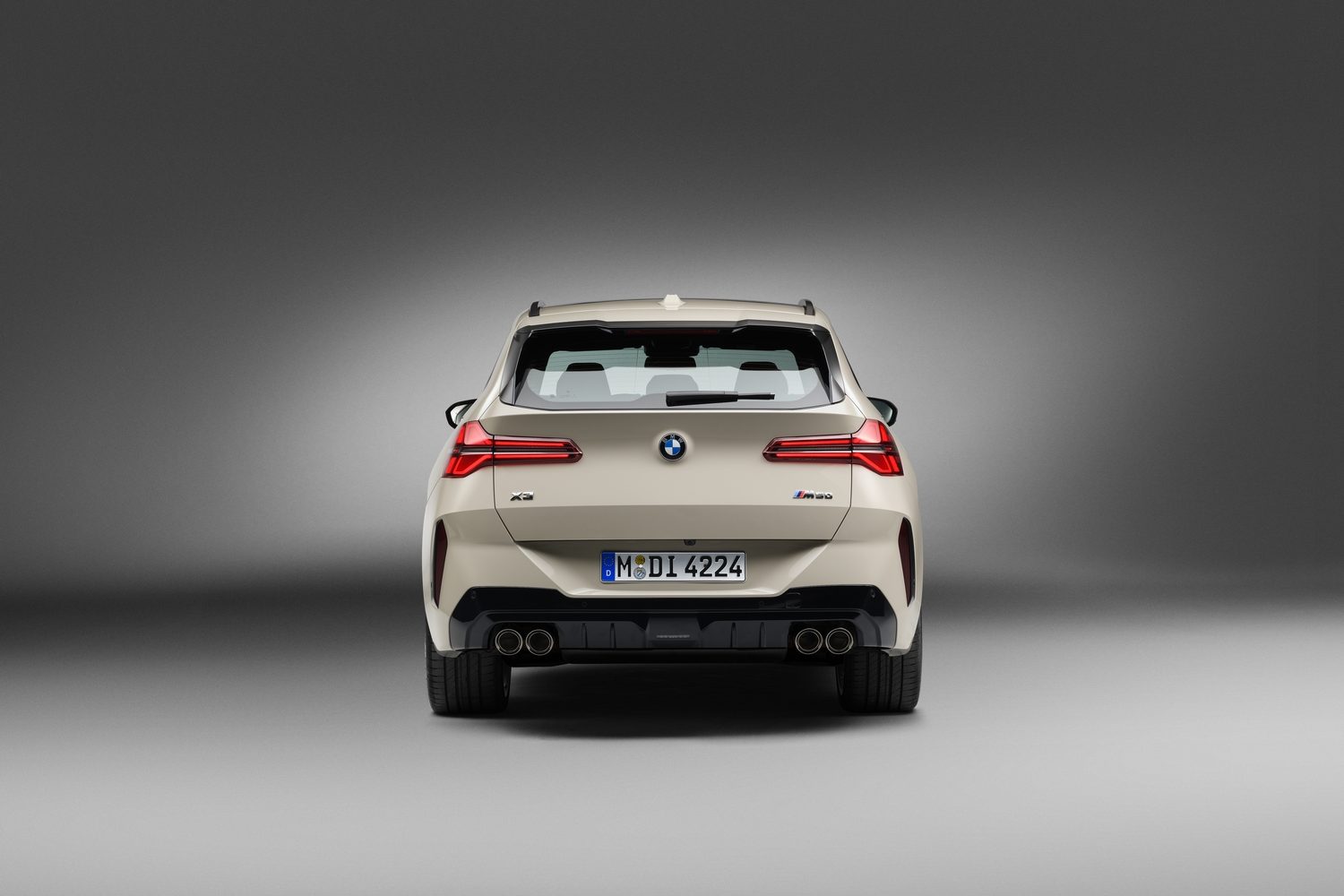
Any more affordable versions?
Absolutely, and buyers not ready to give up on diesel power will be relieved to hear that - unlike the BMW 3 Series and 5 Series - the X3 will still be available in diesel format, as the 20d xDrive using the existing twin-turbocharged 2.0-litre four-cylinder engine. It produces up to 197hp, 400Nm of torque and emits 153g/km. There will be six-cylinder diesel engine options in time.
More buyers than ever are expected to opt for the plug-in hybrid version, the X3 30e xDrive, not least because it’s the most affordable thanks to a low CO2 rating (and hence low VRT). The new version gets a bigger battery and an official electric range of up to 90 kilometres. Based around a turbocharged 2.0-litre petrol engine, peak outputs are quoted as 299hp and 450Nm.
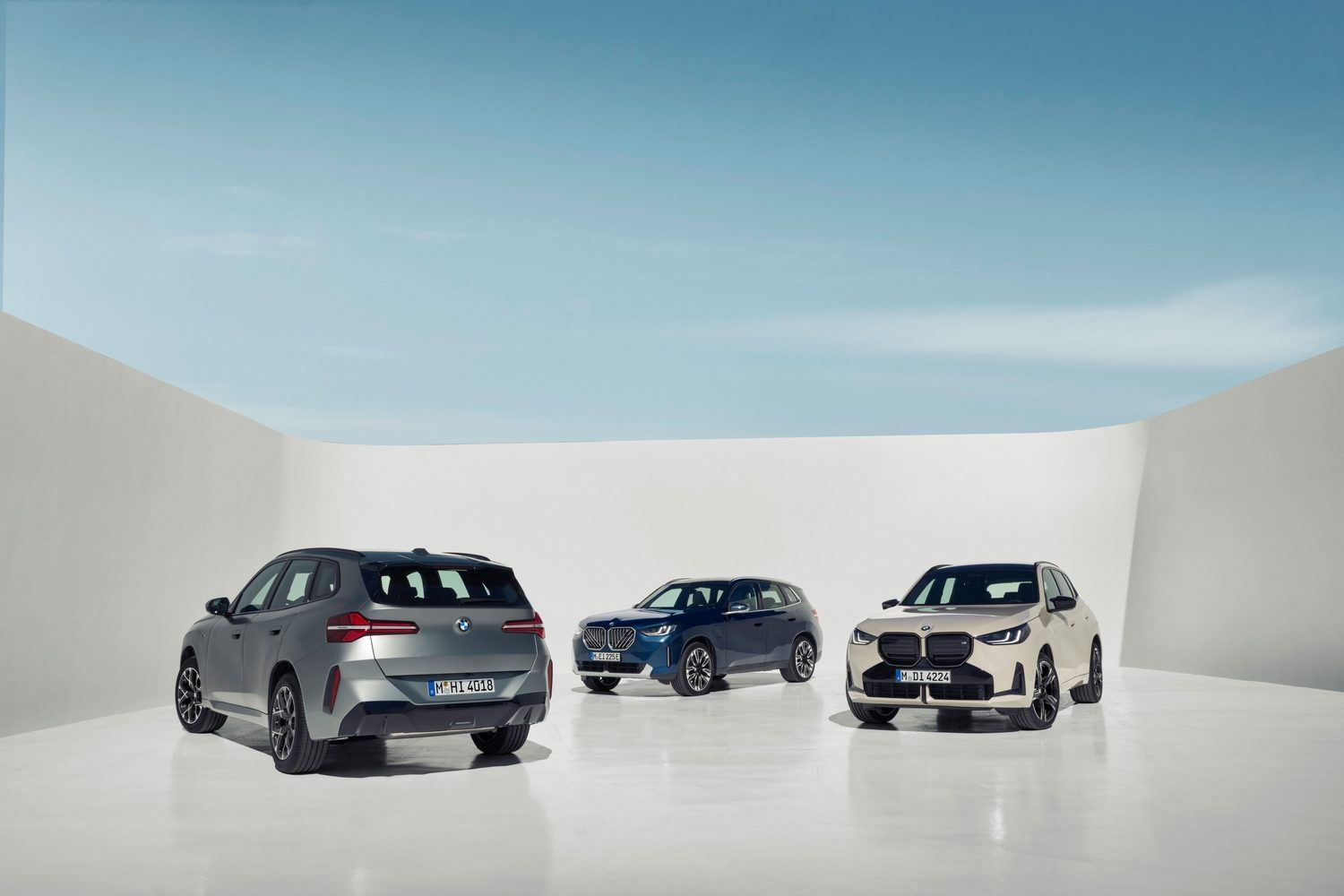
If you don’t have anywhere to plug a PHEV in, but don’t want a diesel, there’s also the X3 20 xDrive to consider, powered by a 2.0-litre petrol engine with mild-hybrid assistance. It’s no slouch with up to 208hp and 330Nm at its disposal.
All versions of the X3 come with xDrive four-wheel drive and an eight-speed automatic gearbox. The M50 additionally has an electronically-controlled M Sport differential for the rear axle, along with beefed-up suspension and brakes.
You’ve not mentioned actual Irish pricing...
Some excellent news here as the new X3 is less expensive than its predecessor for most models. The most affordable is the X3 30e xDrive hybrid, starting at €69,420 in xLine guise, followed by the X3 20 xDrive at €72,270 and the X3 20d xDrive from €74,500. There are M Sport variants of each (the price walk from xLine to M Sport is no more than about €2,700) and the X3 M50 stands alone at €103,470.
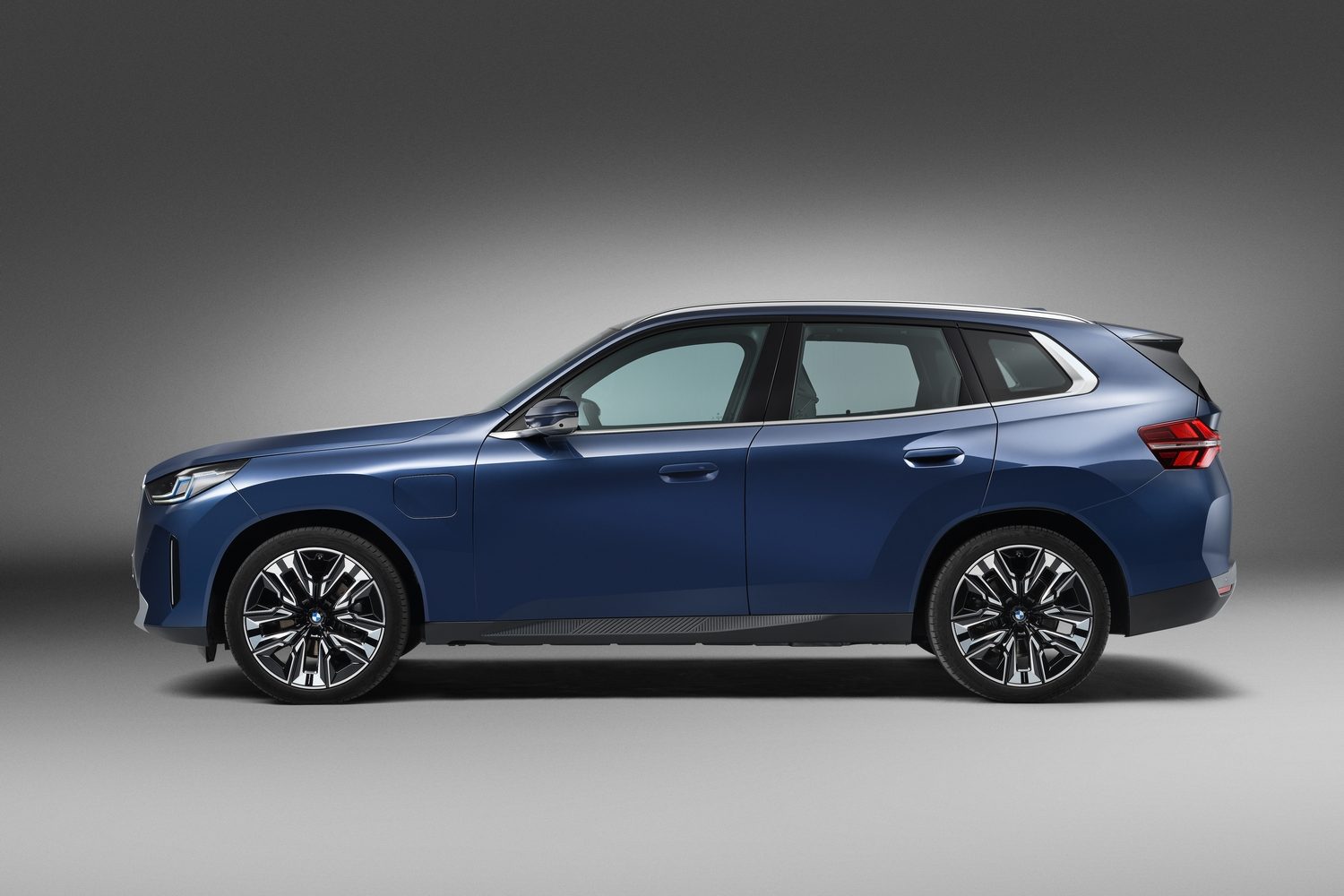
Any word on a new BMW iX3?
Its omission is glaringly obvious, isn’t it? We don’t know if the replacement for that car will be called the iX3 this time around, though there’s undoubtedly an electric SUV of the X3’s size in the pipeline. It will be the production version of the ‘Neue Klasse X’ concept car.


